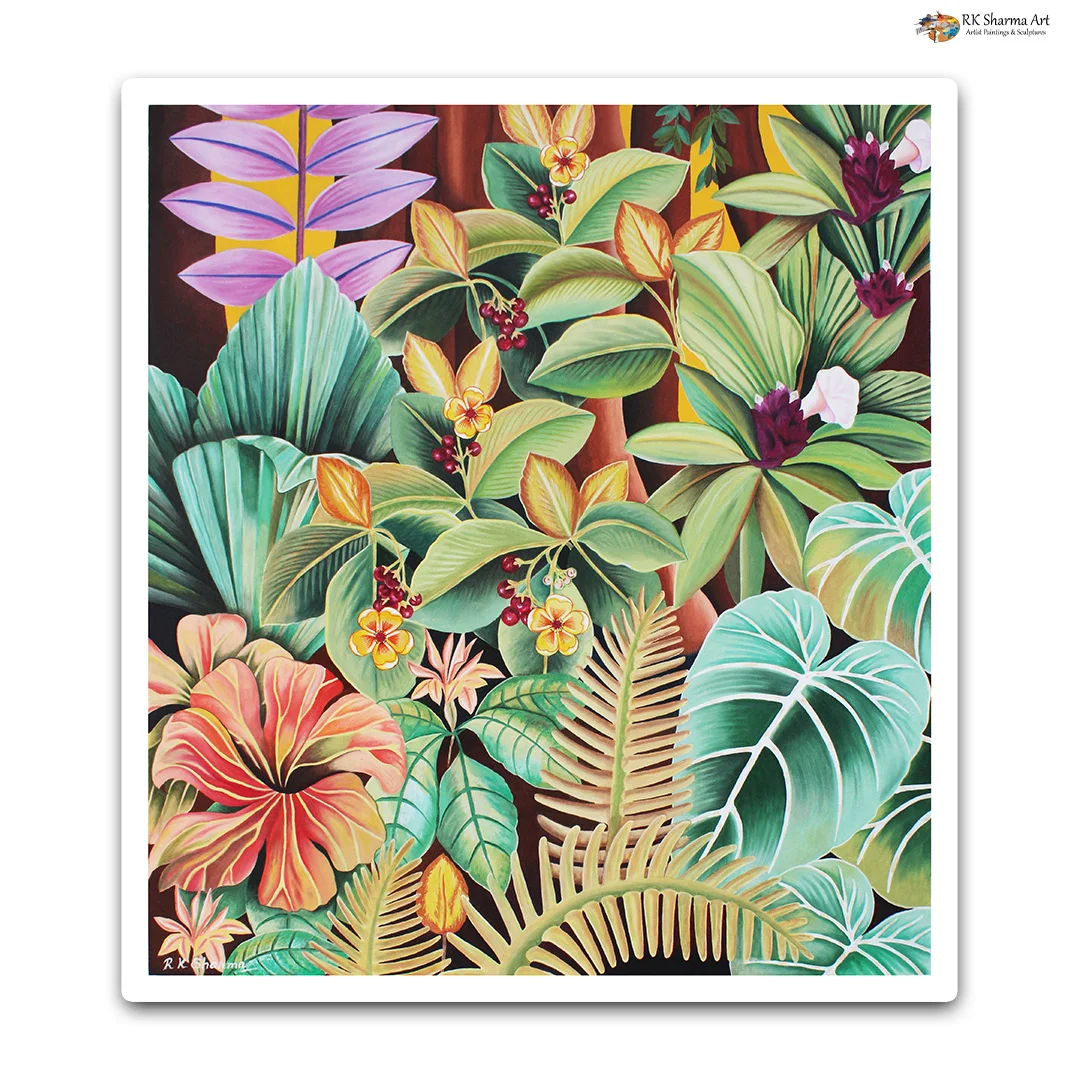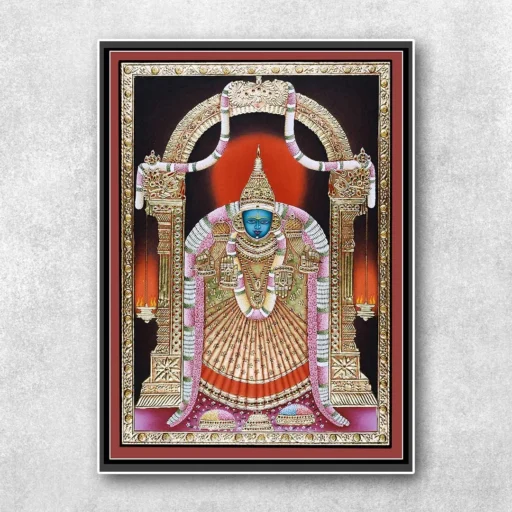Scenery Painting Artist
In the realm of art, scenery painting emerges as a poetic dialogue between the artist and the natural world. Through the deft strokes of a brush, scenery painting artists capture the essence of landscapes, evoking emotions and inviting viewers to embark on a visual journey through nature’s vast tapestry. As we explore the artistry of the scenery painting artist, we uncover the techniques, inspirations, and the profound connection these artists forge with the beauty of the outdoors.
Nature as the Canvas: The Poetic Symphony Unfolds
Scenery painting artist is an ode to nature’s majesty, where the canvas becomes a stage for the artist to compose a symphony of colors, shapes, and textures. The scenery painting artist translates the beauty of the outdoors onto a two-dimensional surface, capturing the play of light on leaves, the dance of shadows on meadows, and the ever-changing hues of the sky.
Through meticulous observation and an intimate connection with their surroundings, the artist breathes life into the canvas. Every brushstroke becomes a brush with nature itself, as landscapes unfold in panoramic glory, inviting viewers to share in the wonder of the scenery painter’s gaze.
The Artistic Palette: Nature’s Colors in Harmonious Blend
For the scenery painting artist, the palette is a reflection of nature’s diverse hues. From the lush greens of foliage to the warm golds of sunlight filtering through trees, every color is carefully chosen to evoke the mood and atmosphere of a specific moment in nature. The interplay of colors is where the magic happens, as the artist seeks to recreate the enchanting beauty of the outdoors.
Subtle nuances, such as the soft pink of a dawn sky or the vibrant oranges of a sunset, are captured with precision. The artist employs a myriad of techniques—layering, blending, and texturing—to ensure that the colors harmonize, inviting the viewer into a visual serenity that mirrors the tranquility of nature.
Capturing Light and Shadow: The Dance of Illumination
Light is the protagonist in scenery painting, casting its enchanting spell on landscapes and breathing life into the artwork. The scenery painting artist masterfully captures the nuances of light and shadow, understanding that it is this interplay that defines the character and mood of a scene.
Whether it’s the dappling sunlight filtering through a forest canopy or the dramatic contrasts of shadows on a mountainous terrain, the artist orchestrates the dance of illumination. By skillfully manipulating light and shadow, the scenery painting artist transforms a static canvas into a dynamic representation of the ever-changing natural world.
Techniques of Texture: Inviting Touch through the Eye
Texture plays a pivotal role in scenery painting, inviting viewers to experience the tactile qualities of the depicted landscape visually. The scenery painting artist employs various techniques, from impasto to glazing, to recreate the tactile richness of nature.
The rough bark of a tree, the softness of a meadow, or the gentle ripples on a serene lake—all come to life through the artist’s adept handling of texture. This tactile dimension adds depth to the artwork, allowing viewers to almost feel the breeze rustling through the leaves or the coolness of a mountain stream.
From Realism to Impressionism: Expressive Styles in Scenery Painting
Scenery painting spans a spectrum of styles, each offering a unique perspective on the natural world. Realism seeks to capture landscapes with meticulous detail, replicating nature with photographic precision. On the other hand, Impressionism embraces a more interpretative approach, focusing on the artist’s emotional response to the scene rather than a literal representation.
The scenery painting artist navigates these styles, sometimes blending them seamlessly to create a personal and expressive rendition of nature. Whether it’s the intricate details of a realistic portrayal or the dreamy, atmospheric allure of an impressionistic scene, the artist’s style becomes a signature that defines their relationship with the landscapes they portray.
En Plein Air: Painting in Nature’s Studio
For many scenery painting artists, the act of painting outdoors, known as en plein air, is a transformative experience. Setting up an easel amidst the very landscapes they aim to capture, these artists immerse themselves in nature’s studio, responding to its ever-changing moods and energies.
En plein air painting is not just a technical choice; it’s a communion with the environment. The scenery painting artist breathes in the scents, hears the sounds, and feels the atmosphere, infusing their work with a sense of immediacy and authenticity. The canvas becomes a testament to the direct, unfiltered encounter with nature.
Themes and Inspirations: Nature’s Stories Unfold
Scenery painting artists draw inspiration from a myriad of natural settings, each offering a unique narrative. Seascapes, mountainscapes, forests, and meadows—all become the subjects of the artist’s gaze. Seasons, weather conditions, and the time of day further enrich the thematic diversity, allowing the artist to tell stories of growth, change, and the eternal cycles of nature.
Inspirations may also be drawn from personal connections with specific landscapes or the emotional resonance evoked by a particular scene. The artist becomes a storyteller, weaving tales of solitude, serenity, or the sublime grandeur of the natural world.
The Impact of Technology: Digital Canvases and Virtual Explorations
In the contemporary era, scenery painting embraces technological tools, expanding the artist’s toolkit beyond traditional brushes and canvases. Digital platforms provide avenues for experimentation, allowing artists to explore new techniques, color palettes, and styles. Virtual plein air experiences, facilitated by digital tools, bring the outdoors to the artist’s studio, transcending physical limitations and offering new perspectives on nature.
These technological advancements not only broaden the scope of scenery painting but also connect artists with global audiences. The impact of a scenic masterpiece can now reverberate across borders, fostering a shared appreciation for the beauty and diversity of landscapes worldwide.
Preservation and Conservation: Advocacy through Art
Scenery painting artists often find themselves becoming advocates for environmental preservation and conservation. The beauty captured on canvas becomes a call to action, urging viewers to appreciate and protect the natural world. Through their art, scenery painting artists contribute to the collective consciousness, fostering a deeper connection between humanity and the planet.
Organizations and initiatives that combine art with environmental advocacy collaborate with scenery painting artists, recognizing the power of visual storytelling in raising awareness about ecological challenges. The artist’s brush becomes a catalyst for change, inspiring individuals to become stewards of the landscapes that have inspired centuries of artistic creation.
Legacy in Every Stroke: The Scenery Painting Artist’s Imprint
The legacy of the scenery painting artist extends far beyond the frames of their canvases. It becomes an imprint on the collective consciousness, a reminder of the profound beauty inherent in the natural world. Each stroke of the brush is a testament to the artist’s ability to distill the essence of landscapes into visual poetry, inviting viewers to pause, reflect, and connect with nature on a profound level.
Through exhibitions, educational programs, and a commitment to artistic excellence, the scenery painting artist shapes not only their own legacy but contributes to the enduring legacy of landscape art. Their work becomes a bridge between generations, fostering an appreciation for the timeless beauty that surrounds us.
Conclusion: Nature’s Symphony in Visual Harmony
As we delve into the artistry of the scenery painting artist, we find ourselves immersed in nature’s symphony, where every brushstroke adds a note to the visual melody. The canvas becomes a portal


